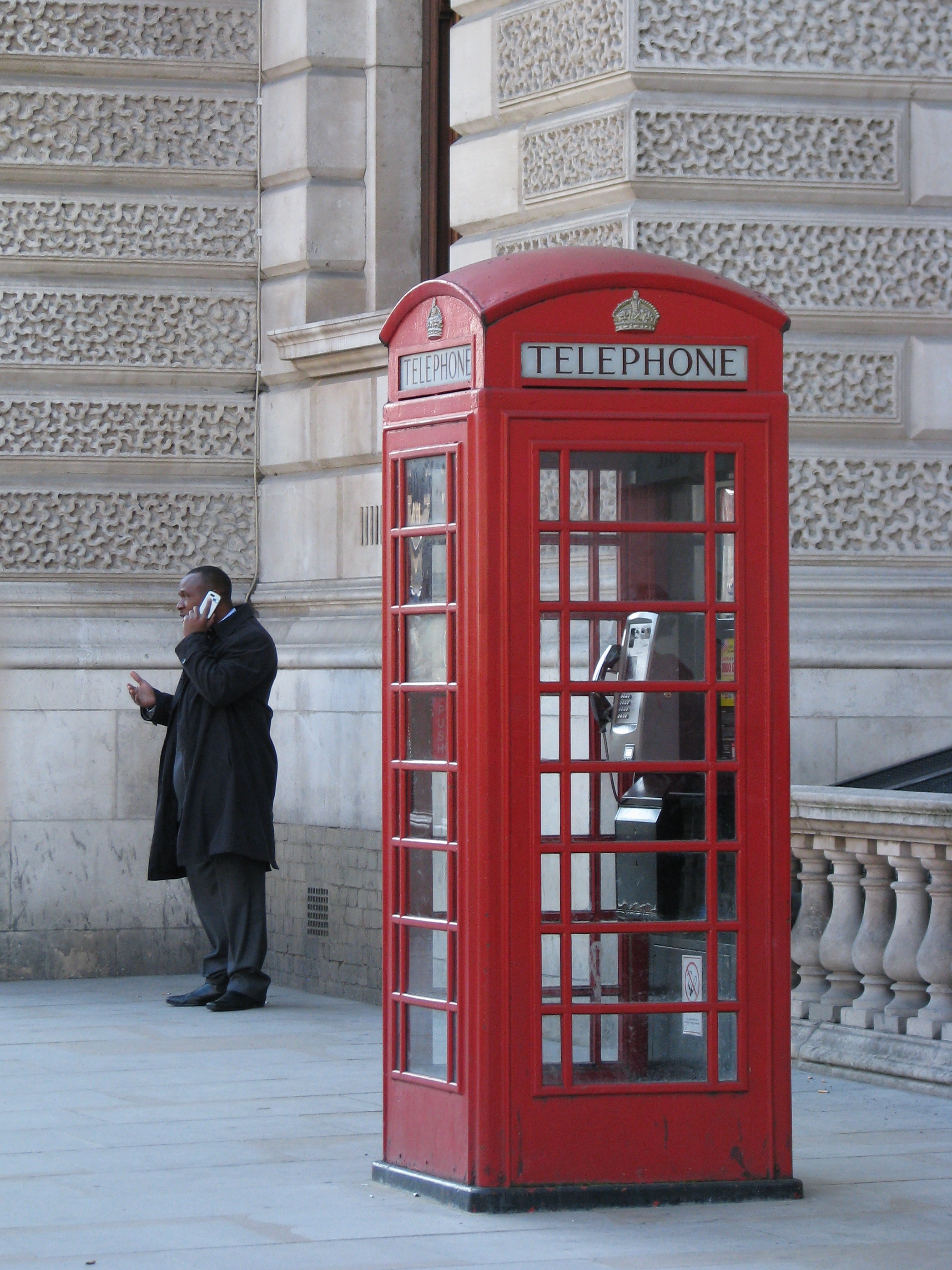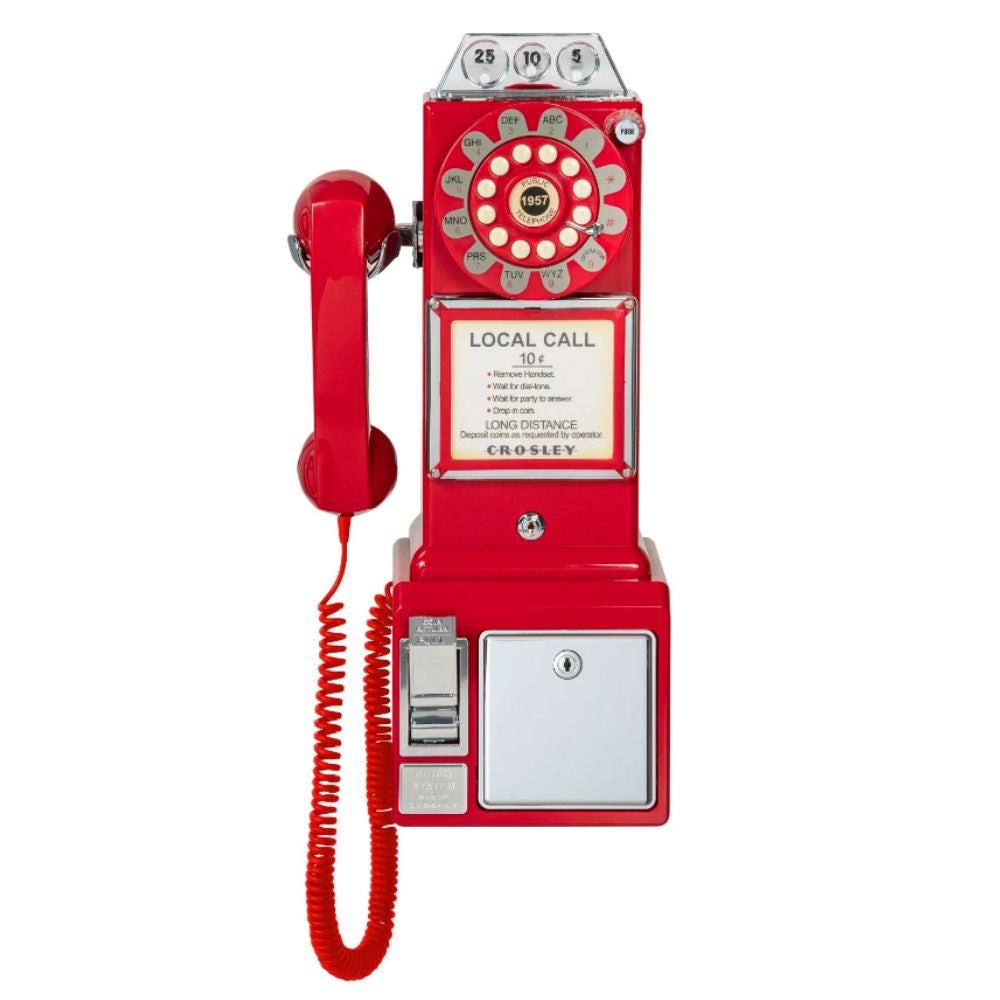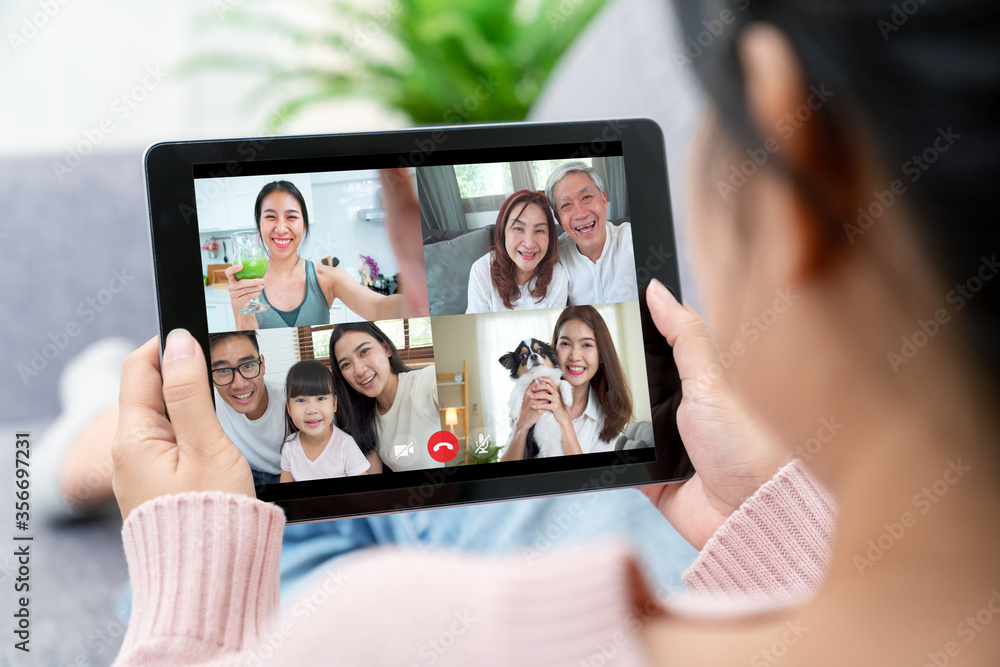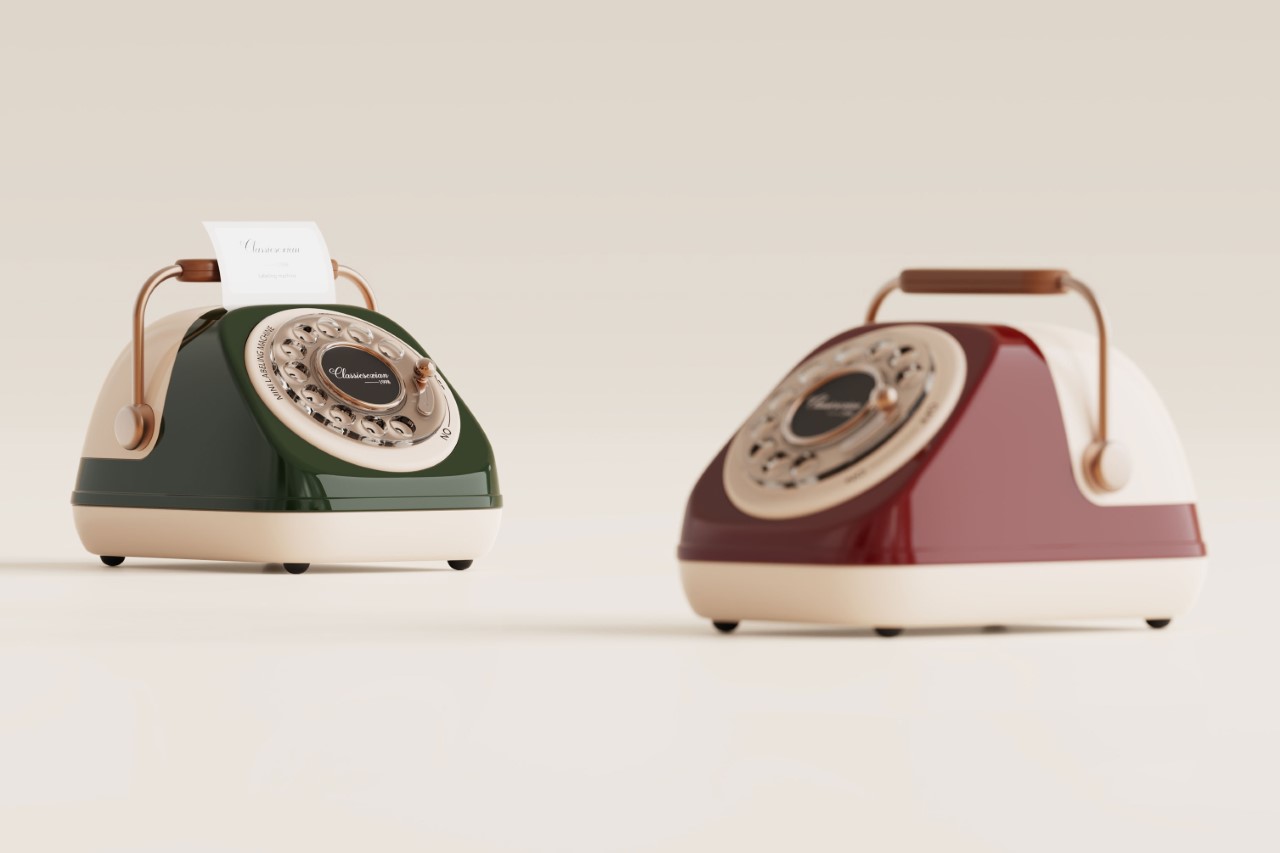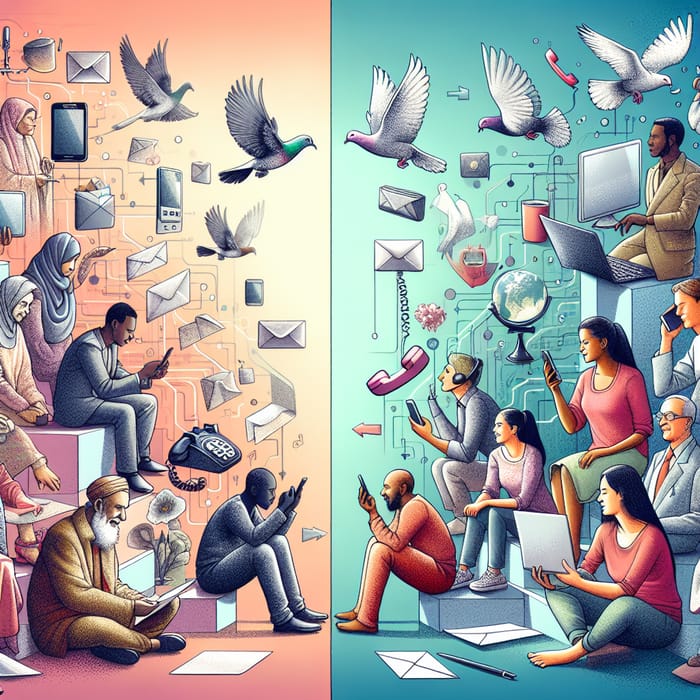Introduction: A Journey Through Time in Communication
Imagine a world where the ring of a rotary phone was the soundtrack of every home, where payphones stood on every corner, and handwritten notes were the norm. Fast forward to today, and our lives are dominated by the silent buzz of smartphones, instant messaging, and video calls. This article takes you on a nostalgic journey, comparing the communication technology of the 1950s-1980s with the digital marvels of today. We’ll explore how we connected then versus now, the cultural rituals that have faded, and the surprising ways these changes have shaped society.
Side-by-Side Feature Comparison: Then vs. Now
| Feature | 1950s-1980s (Rotary Phones, Payphones, Answering Machines, Early Mobiles) | Today (Smartphones, Instant Messaging, Video Calls) |
|---|---|---|
| Accessibility | Limited to home, office, or public payphones | Always-on, portable, global connectivity |
| Speed | Slow (manual dialing, waiting for connection) | Instant (one-tap calls, texts, video chats) |
| Privacy | Shared lines, overheard conversations | Personal devices, encrypted messaging |
| Features | Voice calls, basic answering machines | Voice, text, video, apps, internet, camera |
| Social Rituals | Family phone time, waiting by the phone, phone booths | Texting, group chats, social media, emojis |
| Cost | Per-minute charges, long-distance fees | Flat-rate plans, free internet calls |
Pros and Cons: Nostalgia vs. Modern Convenience
1950s-1980s Communication
- Pros:
- Personal, meaningful conversations
- Memorable social rituals (e.g., waiting for a call)
- Less distraction, more presence in the moment
- Physical artifacts (handwritten notes, phone books)
- Cons:
- Limited accessibility and mobility
- Missed calls meant missed connections
- Long-distance was expensive
- Privacy was often compromised
Modern Communication (Smartphones & Digital)
- Pros:
- Instant, global connectivity
- Multiple communication options (text, video, voice)
- Convenient, portable, and feature-rich
- Enhanced privacy and security
- Cons:
- Information overload and constant notifications
- Loss of personal touch and social rituals
- Screen addiction and reduced face-to-face interaction
- Privacy concerns with data sharing
Use Cases: When Each Era Shined
1950s-1980s: The Golden Age of Anticipation
Back then, calling someone was an event. Families gathered around the phone, and the sound of the rotary dial was a prelude to connection. Payphones were lifelines for travelers and teenagers alike. Answering machines brought the thrill of hearing a loved one’s voice after missing a call. Early mobile phones, though bulky, were status symbols and a glimpse into the future.
Personal Anecdote: I remember waiting by the phone for hours, hoping for a call from a friend. The anticipation made every conversation special. Payphones outside the local diner were our meeting points, and leaving a message on an answering machine felt like sending a time capsule.
Today: The Era of Instant Gratification
Now, communication is seamless and omnipresent. Smartphones let us video chat with family across continents, send memes in group chats, and share life updates instantly. Social media and messaging apps have redefined how we maintain relationships, making distance almost irrelevant.
Memorable Moment: The first time I video-called my grandparents overseas, I realized how far we’d come. No more waiting, no more expensive long-distance calls—just a tap, and we were face-to-face.
Cultural Impact: How Communication Shaped Society
The shift from rotary phones to smartphones has transformed not just how we connect, but who we are. The rituals of waiting, the excitement of a ringing phone, and the intimacy of handwritten notes have faded. In their place, we have speed, convenience, and a new digital language of emojis and GIFs. While we’ve gained efficiency, we’ve lost some of the magic of anticipation and the depth of personal connection.
Yet, these changes have also democratized communication, giving a voice to millions and bridging cultural divides. The world feels smaller, and our circles wider.
Final Recommendation: Embracing the Best of Both Worlds
While nostalgia tugs at our hearts for the days of rotary phones and handwritten notes, the benefits of modern communication are undeniable. The key is to blend the best of both eras: cherish the rituals of meaningful conversation, but embrace the tools that keep us connected across time and space. Take time to unplug, write a note, or make a call just to hear a voice. But don’t shy away from the marvels of technology that make the world feel a little closer every day.
Conclusion: Our Ongoing Journey
The evolution of communication is a testament to human ingenuity and our desire to connect. From the tactile spin of a rotary dial to the swipe of a smartphone screen, each era has left its mark on our lives and our hearts. As we look to the future, let’s remember the lessons of the past and continue to shape a world where connection—no matter the medium—remains at the center of our story.
